Monash University in Australia (www.monash.edu), in collaboration with Erler-Zimmer, has successfully driven innovation in medical education through the use of the Mimaki 3DUJ-553 3D printer. These highly accurate, realistic and durable models not only solve many of the problems associated with using cadavers as teaching materials, but also provide a more intuitive, interactive and effective way for students to learn.
挑战
Anatomy is the cornerstone of education in medicine, and traditional teaching is based on cadaver dissection to demonstrate human anatomy, but there are many challenges to using cadavers as a teaching tool.
In the field of education, 3D printing technology by FDM and SLS traditional printing methods has been widely used. However, in the field of medical anatomy and imaging applications, the printed models are fragile, have unrealistic colors, and require a lot of post-processing to reach a usable level, making it difficult to meet the teaching requirements for sample quality and production efficiency.
解决方案
Monash University's Centre for Human Anatomy Education 3D Innovation and Design Studio is equipped with a Mimaki 3DUJ-553 3D printer, which solves the problem of using cadaveric teaching samples for medical students to produce realistic medical teaching models.The Mimaki 3DUJ-553 can accurately replicate human structures in both normal and diseased states through a combination of CT and 3D scanning data to produce disease Mimaki 3DUJ-553 can accurately replicate the structure of the human body in normal and diseased states by combining CT and 3D scan data to create disease models. This overcomes the limitations of using cadavers, which make it difficult to demonstrate diseases and disease variations.
效果
The Mimaki 3DUJ-553 offers a wide variety of varnish application options, allowing you to use the varnish alone to create transparent effects, as well as with color inks for shaping at the same time. Appropriate transparency can be used to display internal structures such as blood vessels, as shown in the figure below, which is beneficial for students to learn about the internal structure of the human body and simulate actual surgical procedures. This enhances the operational durability and teaching value of the samples.

"As we have both internal research responsibilities and work with external commercial partners, we have to be more cost-conscious and provide value to commercial users. As a result, our calculations related to return on investment for 3D printers are more rigorous than purely research work. the Mimaki 3DUJ-553's quality capabilities matched by the shaping range and reliability means it helps us a lot in this regard."
—Associate Professor Justin W Adams
—Monash University, Australia Director, 3D Innovation and Design Studio, Center for Human Anatomy Education
The Goal Of The Future: Precision Medicine
Precision medicine emphasizes the development of individualized treatment plans based on the characteristics of each patient's body and disease. This requires doctors to have a thorough understanding of various diseases, especially complex disease cases, and the Mimaki 3DUJ-553 3D printer can provide just such a learning platform.
Mimaki 3DUJ-553 3D-printed medical models can be added, deleted, combined, and compared to different disease samples on demand, through the integration of CT scan and 3D scan data, which can "replicate" the normal structure of the human body with a high degree of fidelity, as well as accurately simulate the pathological changes of various diseases. This highly controlled, individualized learning experience is in line with the concept of precision medicine.
The personalized medical models provided by the Mimaki 3DUJ-553 can effectively help them to deeply understand individual patient differences and deepen their insights into disease treatment, making it an ideal practice and a powerful tool for teaching the concept of precision medicine.



























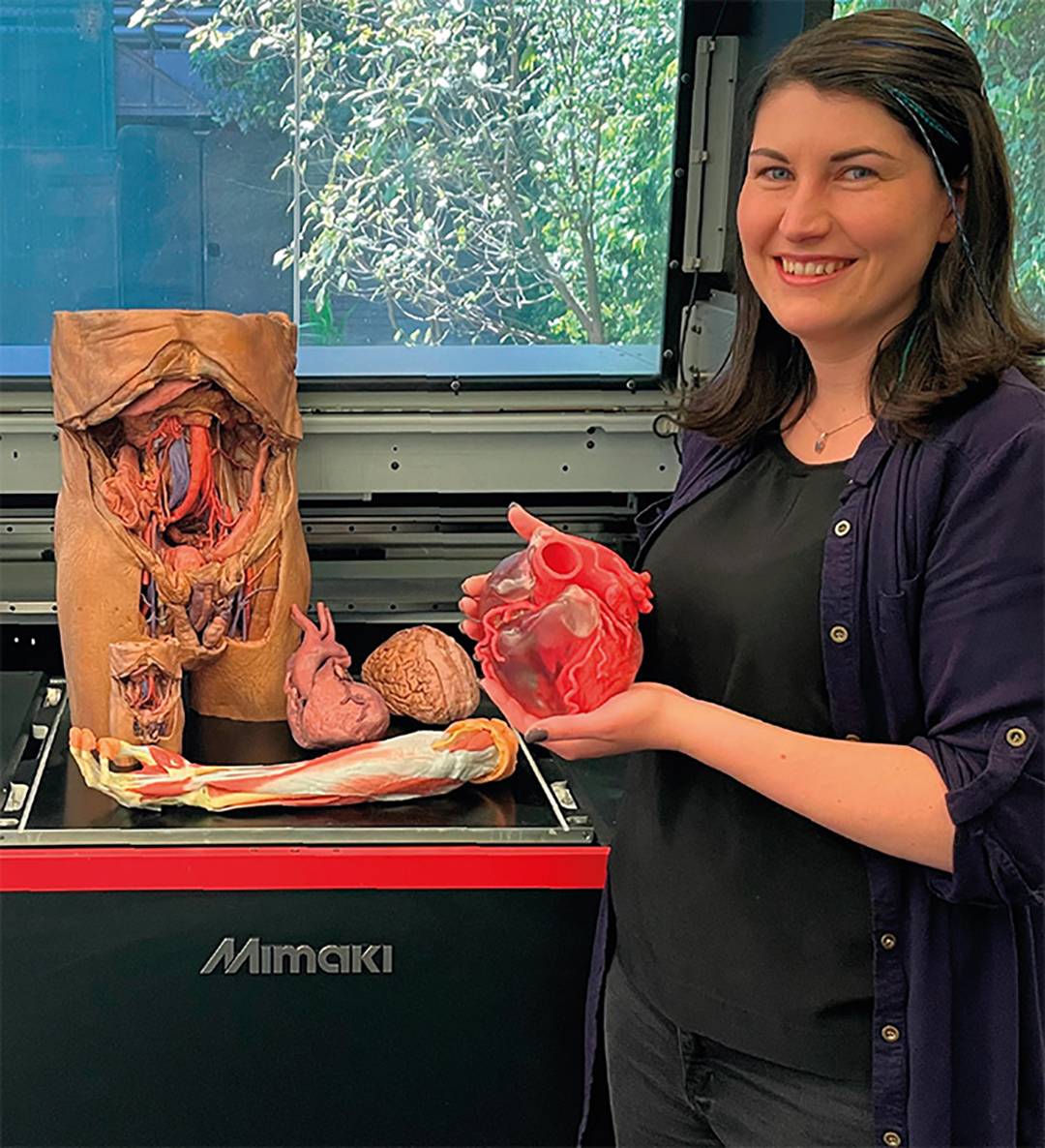
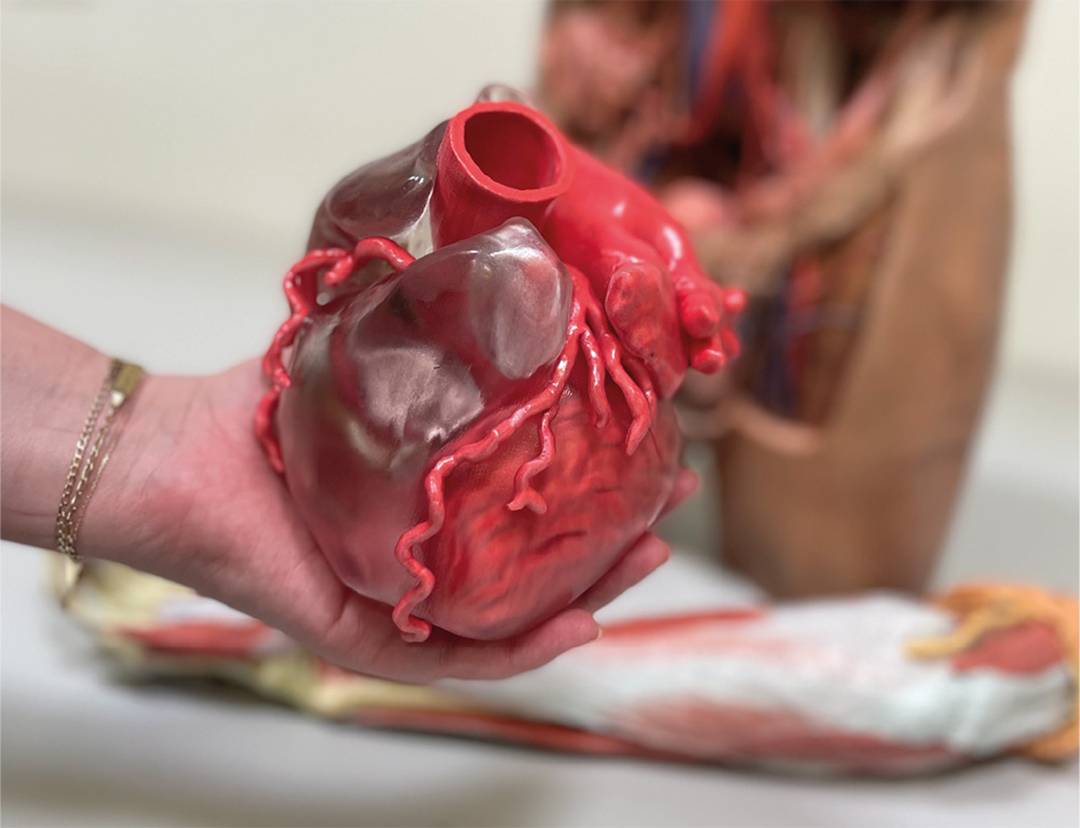
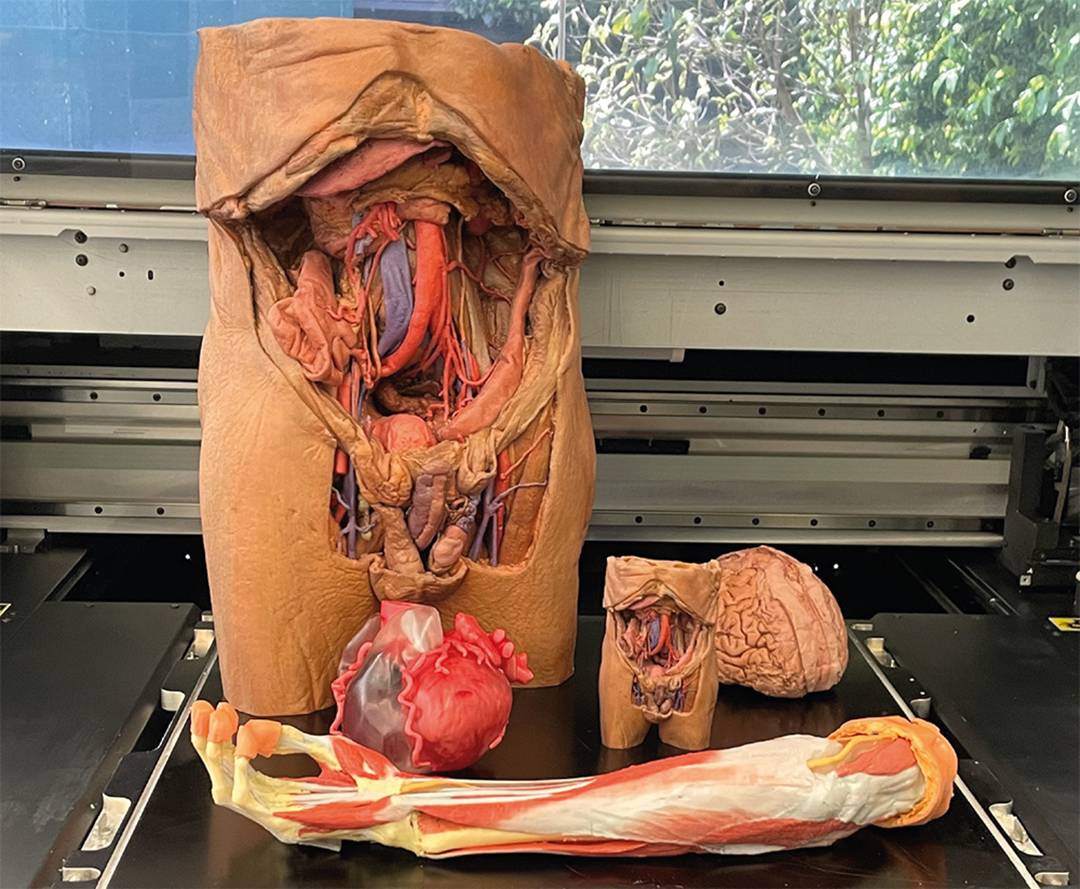
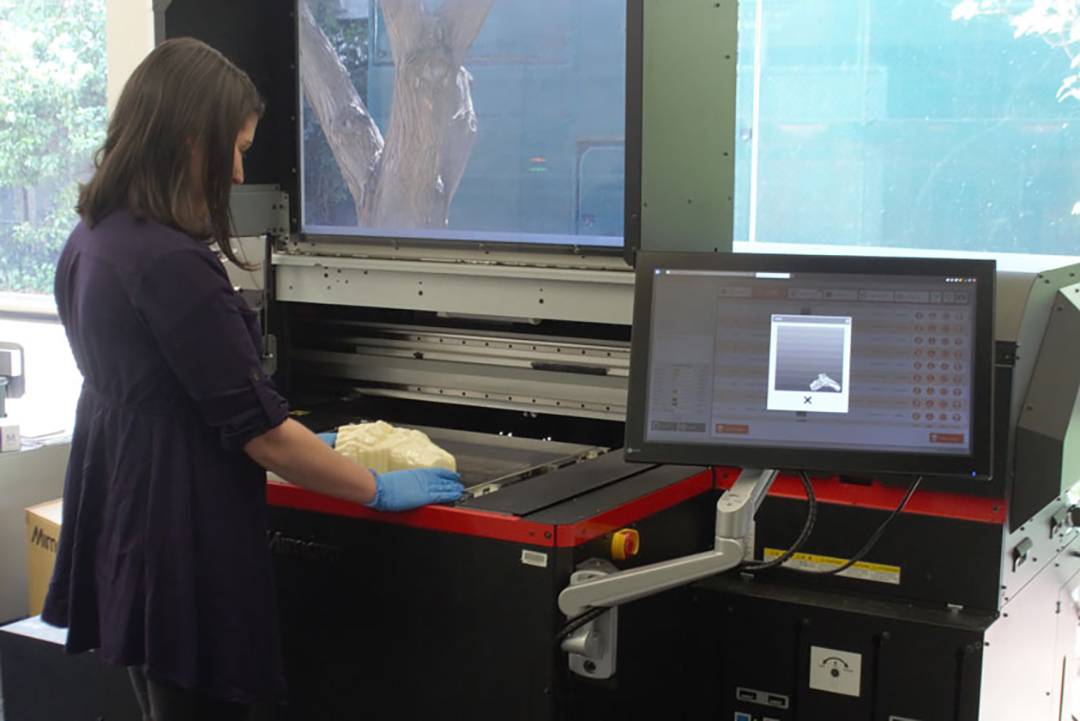
 Home
Home Telephone
Telephone Message
Message







